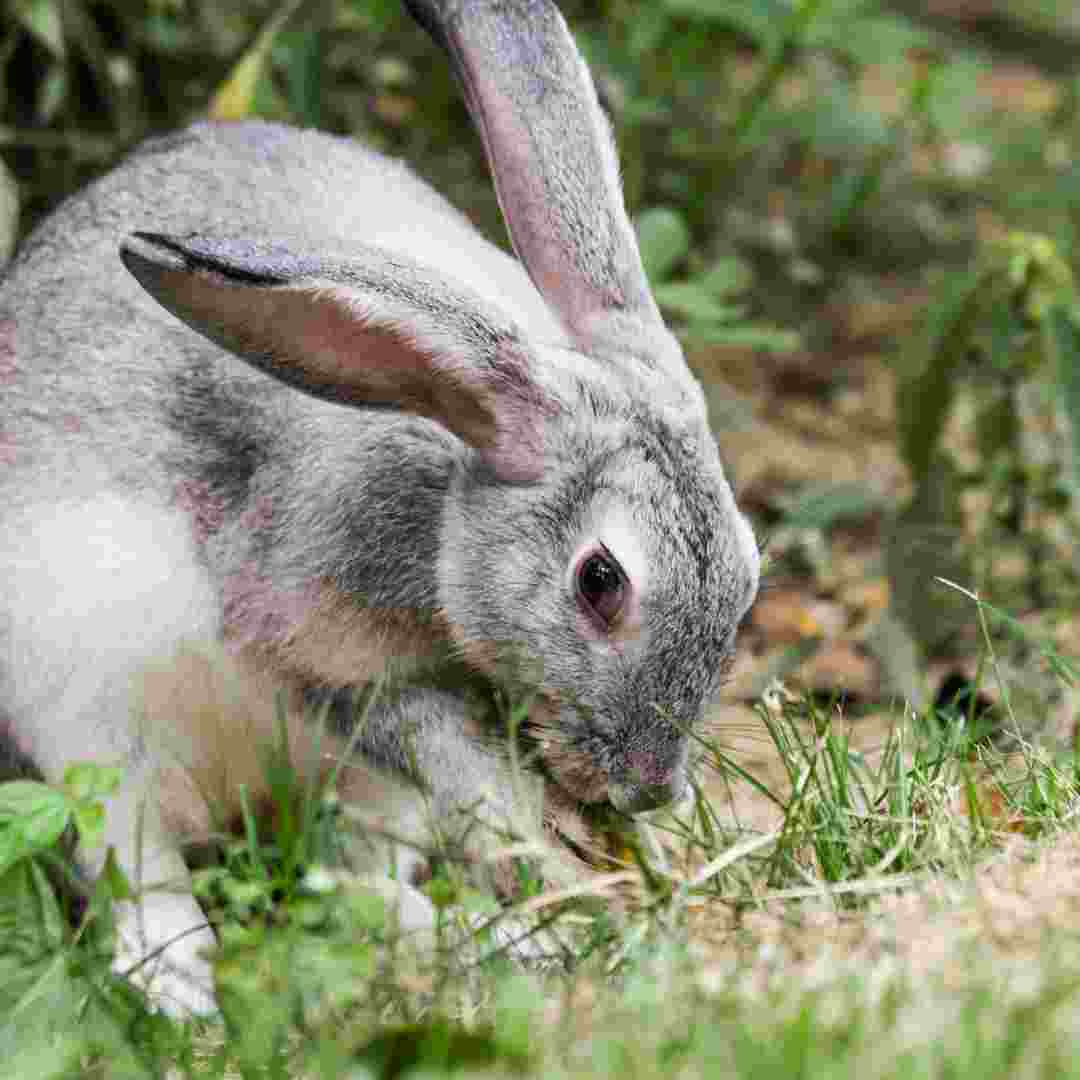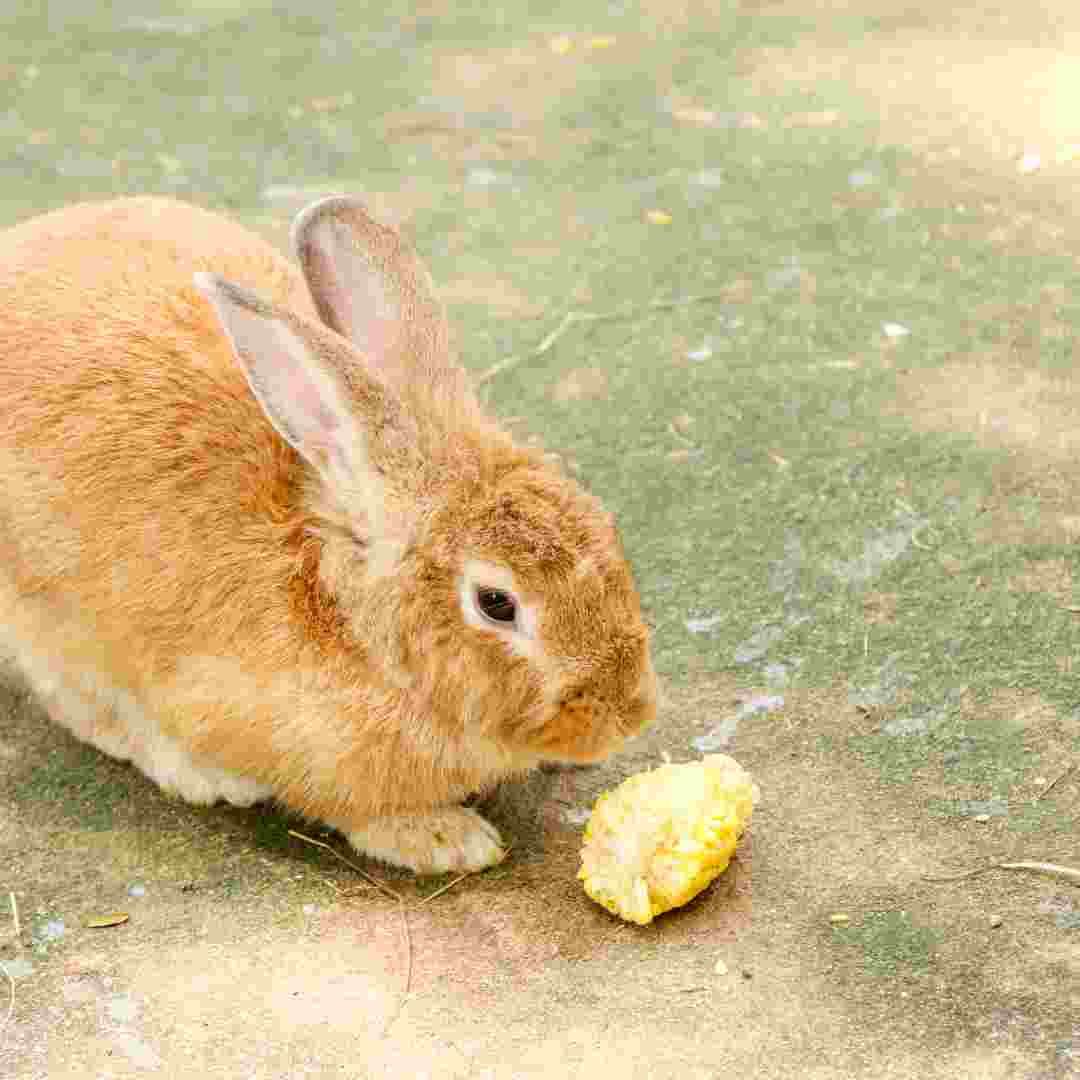Contents Table
Introduction
Choose the Right Rabbit Cage
Supplies for Rabbit Habitat Setup
Create a Safe and Comfortable Rabbit Environment
Rabbit Feeding and Care Tips
Introducing Your Rabbit to Other House Pets
Q&A
Conclusion
Introduction
Rabbits are great pets, but setup is crucial. Rabbits require a safe, pleasant home, and there are several ways to keep them happy and healthy. This book covers rabbit necessities and how to establish a secure and comfortable environment for your pet.
Choose the Right Rabbit Cage
Selecting the correct rabbit cage is crucial to its health and happiness. Rabbits are busy and need lots of area to roam. Cages should be spacious enough for rabbits.
Choose a cage composed of metal or plastic. Avoid wire cages, which can hurt rabbits. To keep rabbits from digging, the cage should have a solid bottom.
A well-ventilated cage will keep your rabbit cool and comfortable. Choose cages with numerous levels and ramps to give your rabbit plenty of room to explore. Make sure the cage has a lockable entrance to protect your rabbit.
Finally, consider cage placement. Give the cage a quiet place away from direct sunlight and draughts. This protects and comforts your bunny.
By carefully selecting a rabbit cage, you can provide a safe and happy environment.
Supplies for Rabbit Habitat Setup
Building a rabbit habitat is essential to giving your pet a secure and comfortable home. The following supplies are needed to keep your rabbit happy and healthy:
1. A cage: Your rabbit needs room to move and play. Durable, easy-to-clean material is also recommended.
2. Bedding: Soft, absorbent wood shavings, hay, or straw are ideal. Cedar and pine shavings can hurt rabbits.
3. Food and water dishes: Choose durable, easy-to-clean dishes.
4. Toys: Rabbits require toys to avoid boredom. Rabbit-safe toys include chew toys, balls, and tunnels.
5. Litter box: Rabbits need litter boxes to stay clean. Make sure your litter box is robust and easy to clean.
Hay is essential to a rabbit's diet and should always be accessible.
7. Rewards: Treats are a terrific method to encourage good behaviour and provide your rabbit a range of flavours. Choose healthful, safe rabbit treats.
Provide your rabbit with the supplies they need to live safely and comfortably.
Create a Safe and Comfortable Rabbit Environment
Rabbits need a safe and pleasant habitat to stay healthy. Social rabbits need lots of area to play and explore. These ideas will help you keep your rabbit secure and comfortable.
1. Give a big enclosure. Rabbits require lots of room to roam. Your rabbit needs a large enclosure to move about. The enclosure should be escape-proof and include lots of hiding spots for your rabbit.
2. Provide comfy bedding. Rabbit bedding must be comfortable. Use soft, absorbent bedding like shredded paper or hay. Avoid cedar or pine shavings, which might damage your rabbit's lungs.
3. Offer lots of toys and enrichment. Healthy and happy rabbits need lots of stimulus. Give your rabbit lots of tunnels, boxes, and chew toys.
4. Secure the surroundings. Secure your rabbit's enclosure and prevent escape. Ensure your rabbit is safe from cats and dogs.
5. Feed well. Healthy eating is vital for rabbits. Feed your rabbit hay, fresh veggies, and a few pellets. Treating your bunny too much can cause obesity.
By following these suggestions, you can keep your rabbit secure and comfortable. This will keep your rabbit healthy and happy for years.
Rabbit Feeding and Care Tips
1. Feed your bunny well. Hay, fresh veggies, and a few pellets are good. Daily fresh hay is vital for your rabbit's digestive wellness.
2. Always provide clean, fresh water to your rabbit. Clean the water dish and change the water daily.
3. Give your rabbit a secure, cosy home. Make sure your rabbit's cage is big enough for toys and movement.
4. Visit your rabbit daily. Rabbits need socialisation with their owners.
5. Treat your bunny tenderly. Being kind and patient with rabbits is vital since they are quickly frightened.
6. Give your rabbit lots of toys and hobbies. For health and happiness, rabbits need stimulation and exercise.
7. Clean your rabbit's home. Regularly clean and replenish cage bedding.
8. Visit the vet regularly for rabbit care. This will keep your rabbit happy and healthy.
Follow these suggestions to keep your rabbit happy and healthy. Your rabbit can live long and healthy with proper care.
Introducing Your Rabbit to Other House Pets
It can be difficult to introduce a new rabbit to other pets. The introduction must be done safely and carefully to protect all animals. Tips for introducing your rabbit to other pets at home.
1. Introduce animals in separate rooms. This will let them get to know each other's aroma without touching. Place the rabbit's cage in the same room as the other pet, but use a baby gate to separate them.
2. Let the pets get used to one other. Let them sniff each other through the barrier. You can proceed if the animals look friendly.
3. Introduce animals in a neutral setting. This may be a room neither animal has visited. This will reduce territoriality.
4. Let animals play together under supervision. You should be present to monitor and intervene.
5. If the animals get along, gradually increase their time together. This will help them bond and grow more comfortable.
Following these methods can help your rabbit get along with other pets at home. Always supervise and intervene when animals are together. Patience and understanding might help your rabbit and other pets become buddies.

Q&A
1. What cage should I get my rabbit?
A: A rabbit cage should be at least four times the rabbit's size and have a solid bottom and 12-inch sides. A lockable door and chew-proof material are needed for the cage.
2. Which rabbit bedding should I use?
A: Rabbit bedding should be soft and absorbent like aspen shavings, paper, or hay. Avoid cedar or pine shavings, which injure rabbits.
3. What should my rabbit eat?
A: Rabbits need hay, fresh veggies, and a little pellets. Avoid unhealthy processed foods for your rabbit.
4. How often should I clean my rabbit's cage?
A: Clean your rabbit's cage weekly. Remove soiled bedding, spot clean messes, and replace with fresh bedding.
5. What toys should I give my rabbit?
A: Rabbits love to play, thus toys are essential. Paper towel rolls, cardboard boxes, and chew toys are fantastic rabbit toys.
Conclusion
Setup for a rabbit is easy. You must supply a cage, bedding, food and water bowls, and toys for your rabbit. Give your rabbit lots of area to run and a litter box. Finally, give your rabbit regular vet visits and a balanced food. These steps will assure your rabbit's happiness and wellbeing.
